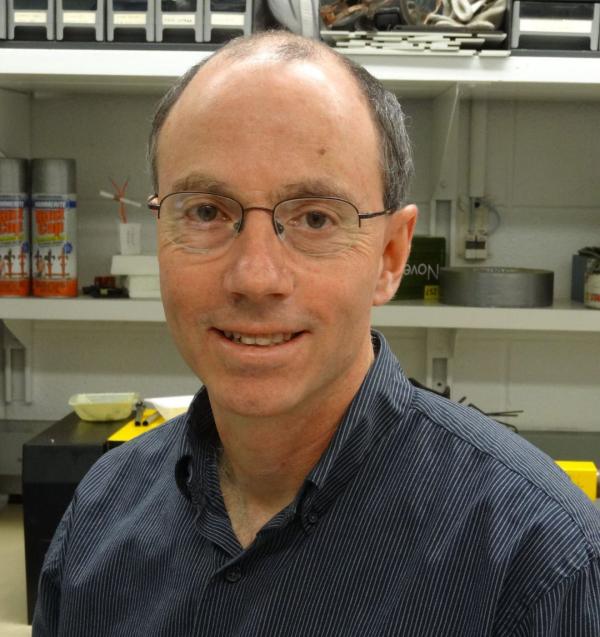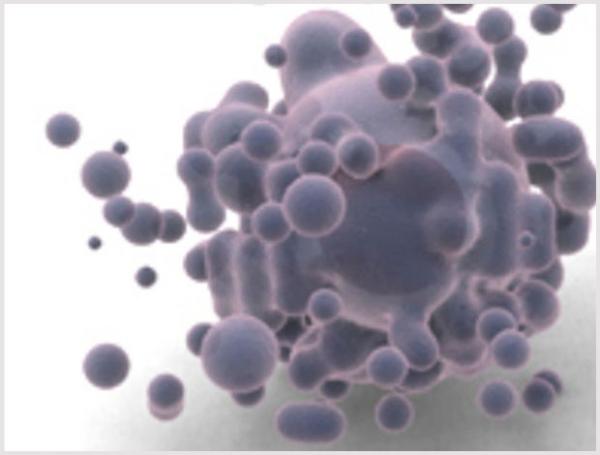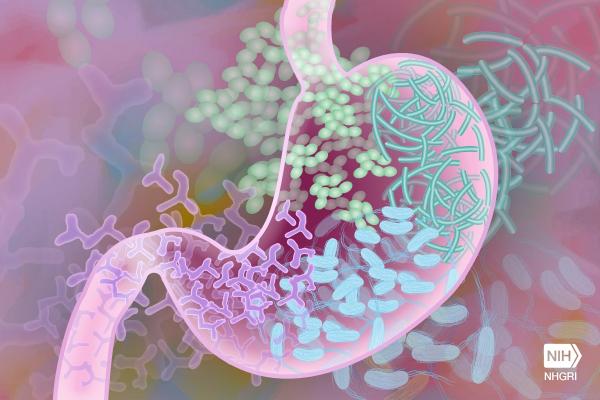IRP’s Charles Rotimi Elected to American Academy of Arts and Sciences
Pioneering Genetic Epidemiologist Takes a Global Approach to Fighting Health Disparities
IRP distinguished investigator Charles Rotimi, Ph.D., was elected to the American Academy of Arts and Sciences this year in recognition of his pioneering work exploring the health implications of genetic diversity in populations with African ancestry, as well as for globalizing the study of genomics, particularly in African nations. Dr. Rotimi joined NIH in 2008 as the founding director of the Intramural Center for Genomics and Health Disparities in the National Human Genome Research Institute (NHGRI), which was later renamed the Center for Research on Genomics and Global Health, in part to reflect Dr. Rotimi’s globe-spanning research programs.










